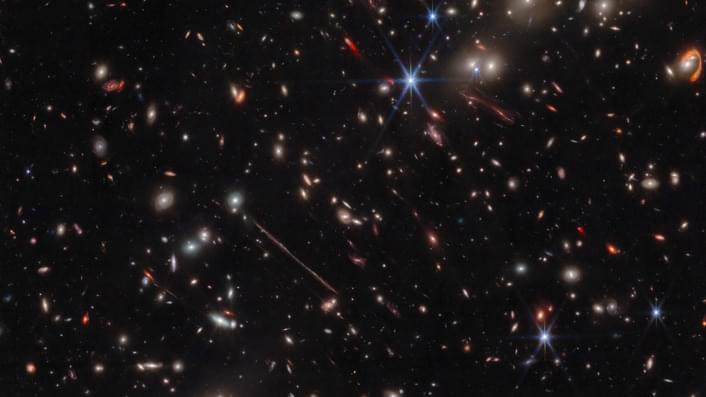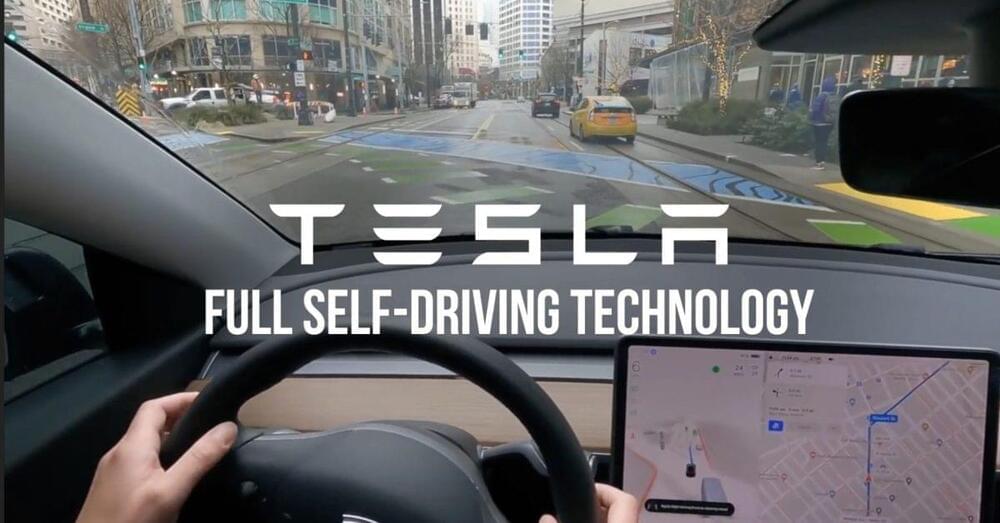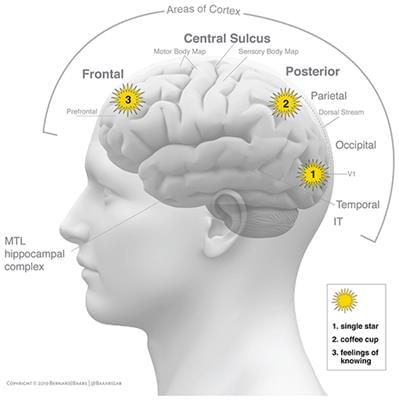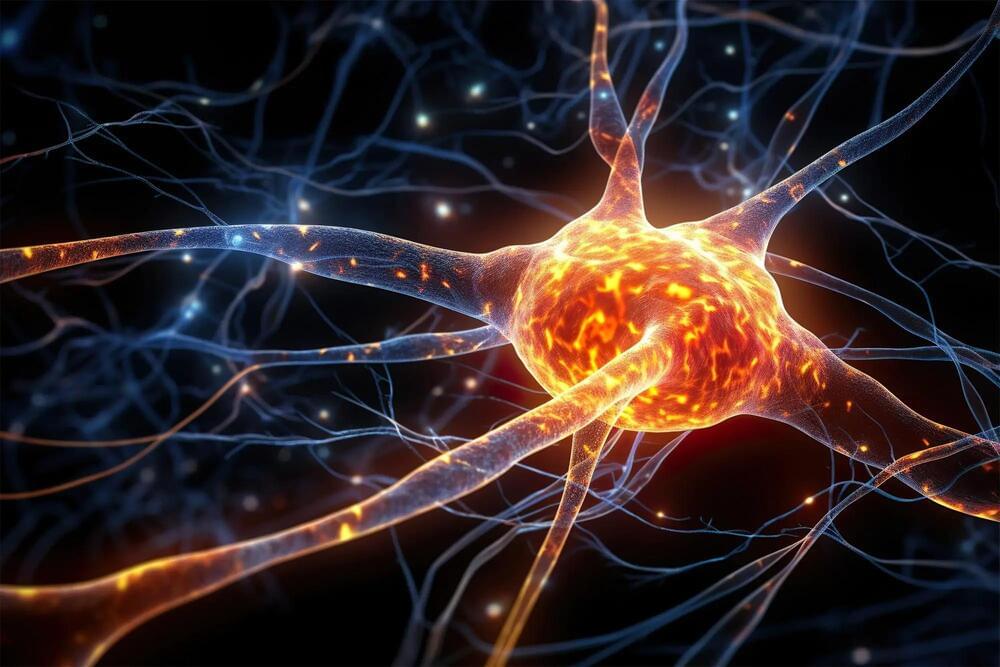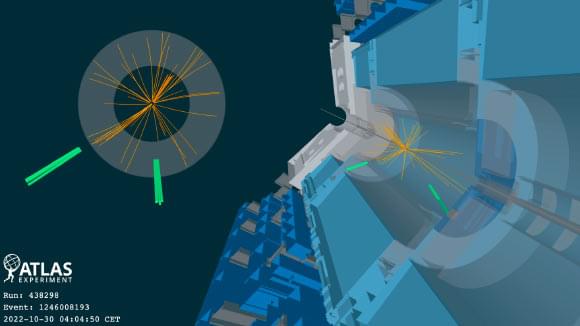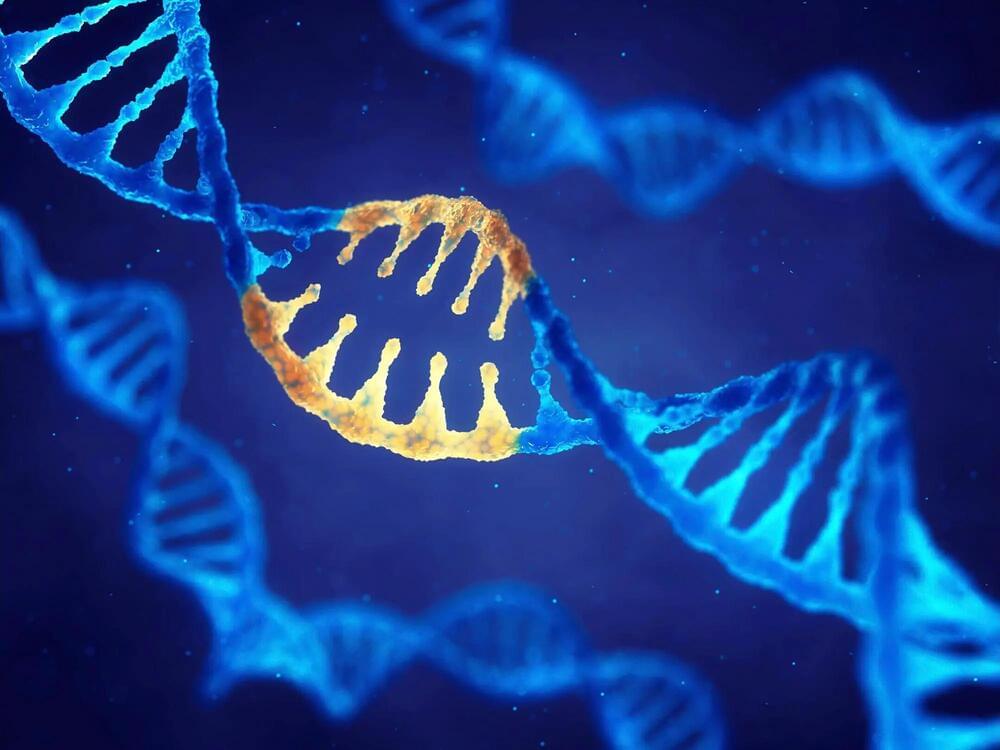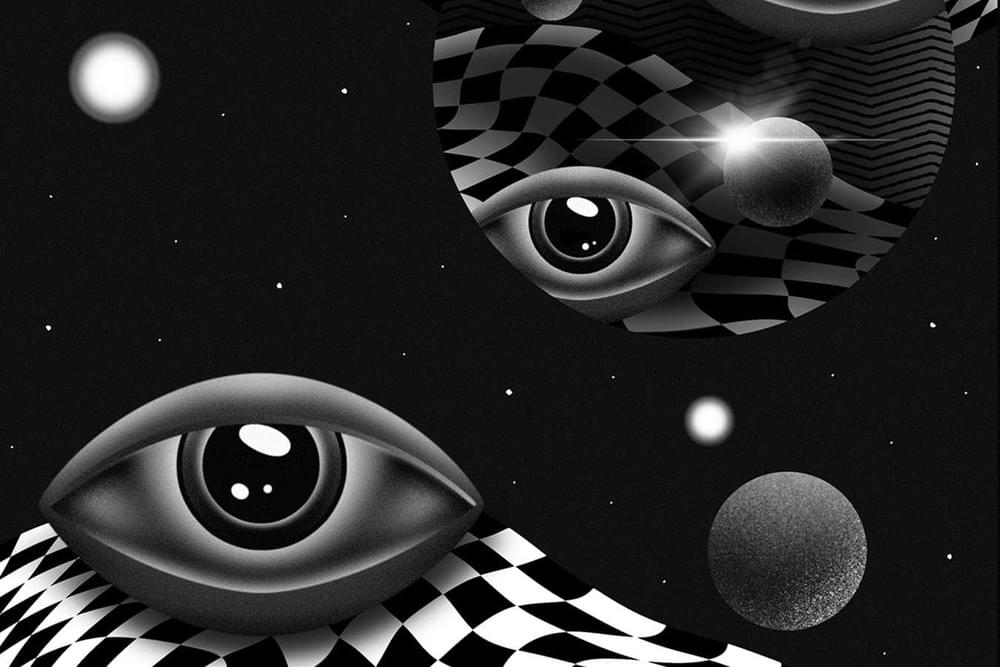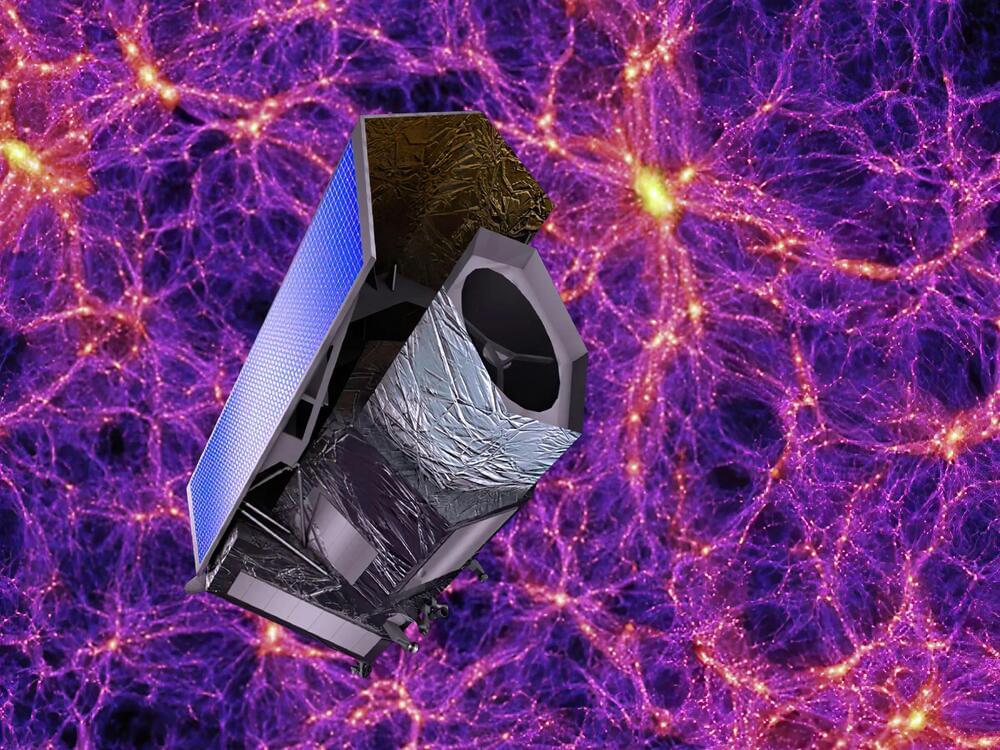The James Webb Space Telescope has used its infrared sensors to show us El Gordo’s gravitationally distorted galaxies, a red giant star and tons of other space goodies Hubble could only hint at.
Elon Musk says Tesla is now working on the “final piece of the Full Self-Driving (FSD) AI puzzle,” and apparently that is “vehicle control.”
Despite his best efforts to stop making predictions about self-driving, the CEO has recently still predicted that Tesla would achieve full autonomy by the end of the year.
For many of us who use Tesla’s FSD Beta regularly, it is hard to imagine that Tesla can make the jump from the current state to a level 4 or 5 of autonomy where the automaker would take responsibility for the system and enable drivers to use it without monitoring in just a few months.
New research uses protons to shine a light on the structure and imperfections of this two-dimensional wonder material.
Graphene is a two-dimensional wonder material that has been suggested for a wide range of applications in energy, technology, construction, and more since it was first isolated from graphite in 2004.
This single layer of carbon atoms is tough yet flexible, light but with high resistance, with graphene.
Global Workspace Theory (GWT) can be compared to a theater of mind, in which conscious contents resemble a bright spot on the stage of immediate memory, selected by a spotlight of attention under executive guidance. Only the bright spot is conscious; the rest of the theater is dark and unconscious. GWT has been implemented in a number of explicit and testable global workspace models (GWM’s). These specific GW models suggest that conscious experiences recruit widely distributed brain functions that are mostly unconscious (unreportable). A large body of new findings support that view. For example, brain experiments show that while unconscious visual stimuli evoke high activity in visual cortex, identical conscious stimuli reveal an additional spread of high brain activity to frontal and parietal lobes (Dehaene, 2001). Similar results have been found for hearing, touch, pain, and sensorimotor skills (Baars, 2002). The conscious waking state supports such fast, flexible, and widespread brain interactions, while unconscious states do not (Baars et al, 2004). These findings illustrate the ability of the GW framework to suggest novel and falsifiable hypotheses.
In this work, we provide a brief overview of Global Workspace Theory (GWT), along with recent developments and clarifications of modern neuroscientific evidence. GWT started in the 1980s as a purely psychological theory of conscious cognition, and has become a prominent approach in scientific studies of consciousness (Mashour et al., 2020). Based on today’s far more detailed understanding of the brain, GWT has adapted to new waves of evidence. The brain-based version of GWT is called Global Workspace Dynamics (GWD) (Baars et al., 2013; Baars and Geld, 2019) precisely because the cortex is viewed as a “unified oscillatory machine” (Steriade, 1999). GWT therefore joins other theories in viewing consciousness as the product of highly integrated and widespread cortico-thalamic (C-T) activity, following a long trail of evidence (Dehaene et al., 1998).
Here we aim to clarify some empirical questions that have been raised, and review evidence that the prefrontal and posterior regions support dynamic global workspace functions, in agreement with several other authors. Static, gross anatomical divisions are superseded by the dynamical connectome of cortex.
We aim to correct the following misunderstandings. In a recent paper, Raccah et al. (2021) claimed that the prefrontal cortex (PfC) is not causally involved in enabling consciousness, based on a review of intracranial electrical stimulation (iES) experiments. We will show that Raccah et al.’s claim that the prefrontal cortex (PfC) does not support consciousness is incorrect.
A group of nerve cells in the brain displays a remarkable ability to halt all forms of movement, as revealed by a recent study conducted on mice. This finding contributes significantly to our understanding of how the nervous system exercises control over our movements.
When a hunting dog detects the scents of a deer, it sometimes completely freezes. This phenomenon can also be observed in humans who must focus intently on a complex task.
Now, a recent discovery contributes to our understanding of what happens in the brain when we abruptly stop moving.
The ATLAS and CMS collaborations at CENR’s Large Hadron Collider (LHC) have been making ever more precise measurements of the Higgs boson’s mass since the particle’s discovery.
The new ATLAS measurement combines two results: a new Higgs boson mass measurement based on an analysis of the particle’s decay into two high-energy photons (diphoton channel) and an earlier mass measurement based on a study of its decay into four leptons (four-lepton channel).
The new measurement in the diphoton channel, which combines analyses of the full ATLAS data sets from Runs 1 and 2 of the LHC, resulted in a mass of 125.22 billion electronvolts (GeV) with an uncertainty of only 0.14 GeV.
Microorganisms leverage the CRISPR-Cas system as a defense mechanism against viral intrusions. In the realm of genetic engineering, this microbial immune system is repurposed for the targeted modification of the genetic makeup.
Under the leadership of Professor Dr. Alexander Probst, microbiologist at the Research Center One Health Ruhr at the Research Alliance Ruhr a research team has now discovered another function of this specialised genomic sequence: archaea – microorganisms that are often very similar to bacteria in appearance – also use them to fight parasites.
The team has recently published their findings in Nature Microbiology.
Detecting the permanent imprints left by colliding black holes would reveal a universe saturated with infinite symmetries – and narrow the possibilities for a theory of quantum gravity.
Euclid, a space mission led by the European Space Agency.
The European Space Agency (ESA) is an intergovernmental organization dedicated to the exploration and study of space. ESA was established in 1975 and has 22 member states, with its headquarters located in Paris, France. ESA is responsible for the development and coordination of Europe’s space activities, including the design, construction, and launch of spacecraft and satellites for scientific research and Earth observation. Some of ESA’s flagship missions have included the Rosetta mission to study a comet, the Gaia mission to create a 3D map of the Milky Way, and the ExoMars mission to search for evidence of past or present life on Mars.
